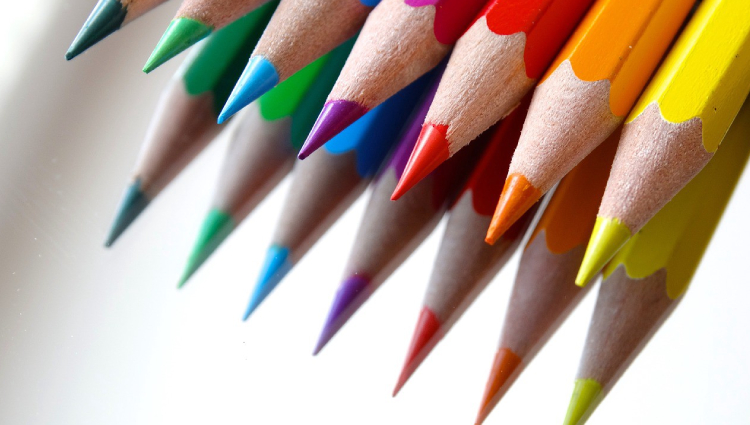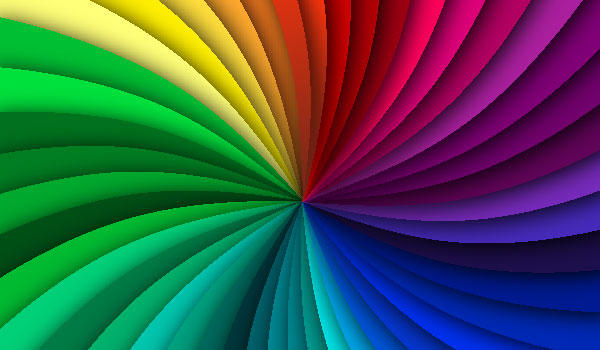How To Select Color In Animation?

The Animation Industry’s Most Important Project Management Tools
August 27, 2021Role of AI in Transforming Video Making and Animation
June 20, 2023What Is Color Theory In Animation?
Nowadays, animation has become quite popular and important as it helps us tell stories and uniquely communicate ideas and emotions so that even small children can understand. Many big marketing companies rely on animation to promote their products and build their brands. But have you ever thought of the colors used in animation? How does the animation industry select its color for particular assignments? The color selection in the animation industry is built on color theory. So what is a color theory?
Color theory is the art of using colors. The color theory includes the methods used in replicating the color and the emotions colors represent. The theory also explains scientifically how humans perceive color and how visual effects happen when the colors are mixed or contrasted. The colors are divided into three categories in the color theory: primary, secondary, and tertiary colors. Many bfa colleges in Chennai ensure that they make the fine arts student understand the color theory before starting their arts education. The color theory has a major role in animation as many marketing agencies depend on animation to build up a brand name.
How To Select Color For An Animation Character?
For an animation character, you should consider colors in the same array as your foundation colors. Foundation colors are often considered as the building blocks of an animated character. Here are the best foundation colors used in animation.
1. Natural Tone Colors: Otherwise known as earth colors, this set of colors are based on natural elements such as brown ( the color of soil), blue (color of the sky), and green ( leaves and trees).
2. Jewel Tone Colors: These colors are from precious gems like ruby red, emerald green, sapphire blue, and citrine yellow.
3. Warm And Cool Tones: Light colors are divided into three groups, warm, cool, and neutral. The warm tones include golden color, peachy, or yellow. The cool color includes hints of red, blue, or pink, and the mixture of all these colors is termed neutral tones.
4. Pastel Colors: Pastel colors are pale colors that are commonly used in 2d animation. Since they have lower color density, they are considered the opposite of jewel-tone hues.<
How To Use Color Theory In Animation?
Here are some of the best tips that can come in handy while using color theory for animated characters.
- The important thing you should consider while using color theory on an animated character is to pick the right accent colors that enhance the foundation color. Primary colors are more noticeable if combined with accent colors. Such colors are commonly used to make accessories such as belts, bracelets, bags, and anklets.
- Metal colors such as silver, bronze, iron, gold can be used in the character animation to add consistency to the character costume.
- Design institute in Chennai states that even if you pick black as the character’s foundation color, it does not help convey the message or brand story.- Black is one of the most overused colors in animation. So it would be better to use black with other foundation colors such as dark blues, grays, etc.
Here are the best color combinations used in animation.
5. Turquoise, Beige, Dark Blue
6. Blue, Red, Yellow
7. Brown, Beige, Dark Brown
8. Yellow, Green, Blue
Colors have different meanings in different cultures. Here are some universal representations of colors in terms of emotions.
9. Orange- Represents Vitality, energy, and happiness.
10. Yellow- Hope, happiness, and deceit.
11. Red – Love, passion, and anger.
12. Blue – Responsible, calm, and sad.
13. Green – Abundance, new beginnings, and nature.
14. Purple – Royalty, creativity, and wealth
15. Gray – Conservative, moody, and formality.
16. Black – Evil, elegance, mystery.
Before choosing a color for your animation, you must do a color study. The major benefits of doing so are that it saves your time and makes you less stressed. The color study is a quick way to understand which color matches your animated product, and it helps in making color-related decisions beforehand. These days, with animation, people can reach out to everyone worldwide, and with the exact choice of colors, one can express their message and emotion through animated characters. Read More



